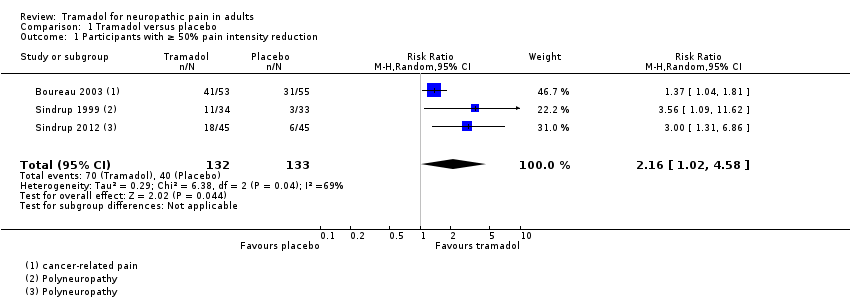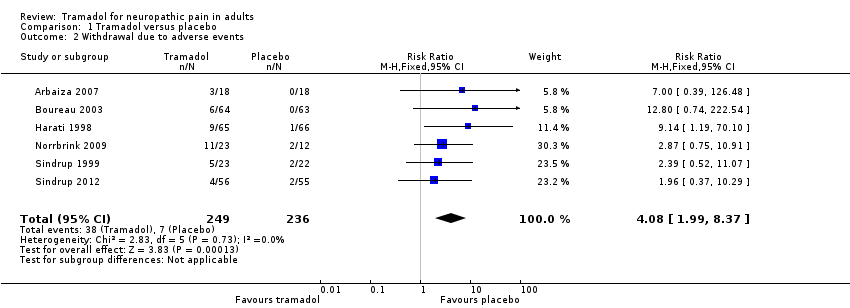Contenido relacionado
Revisiones y protocolos relacionados
Muke Zhou, Ning Chen, Li He, Mi Yang, Cairong Zhu, Fengbo Wu | 2 diciembre 2017
Philip J Wiffen, Sheena Derry, Michael PT Lunn, R Andrew Moore | 30 agosto 2013
Jia Liu, Lu‐Ning Wang, Ewan D McNicol | 9 abril 2015
Leslie Hearn, Sheena Derry, R Andrew Moore | 15 febrero 2012
Djillali Annane, Dan H Moore, Robert G Miller | 19 julio 2006
Michael PT Lunn, Richard AC Hughes, Philip J Wiffen | 3 enero 2014
Natasja HJ Van Veen, Peter G Nicholls, W Cairns S Smith, Jan Hendrik Richardus | 23 mayo 2016
John P Bourke, Teofila Bueser, Rosaline Quinlivan | 16 octubre 2018
Luiz CSP Rolim, Edina MK da Silva, Ronald LG Flumignan, Marcio M Abreu, Sérgio A Dib | 15 junio 2019
Tim J Benstead, Colin H Chalk, Natalie E Parks | 20 diciembre 2014









